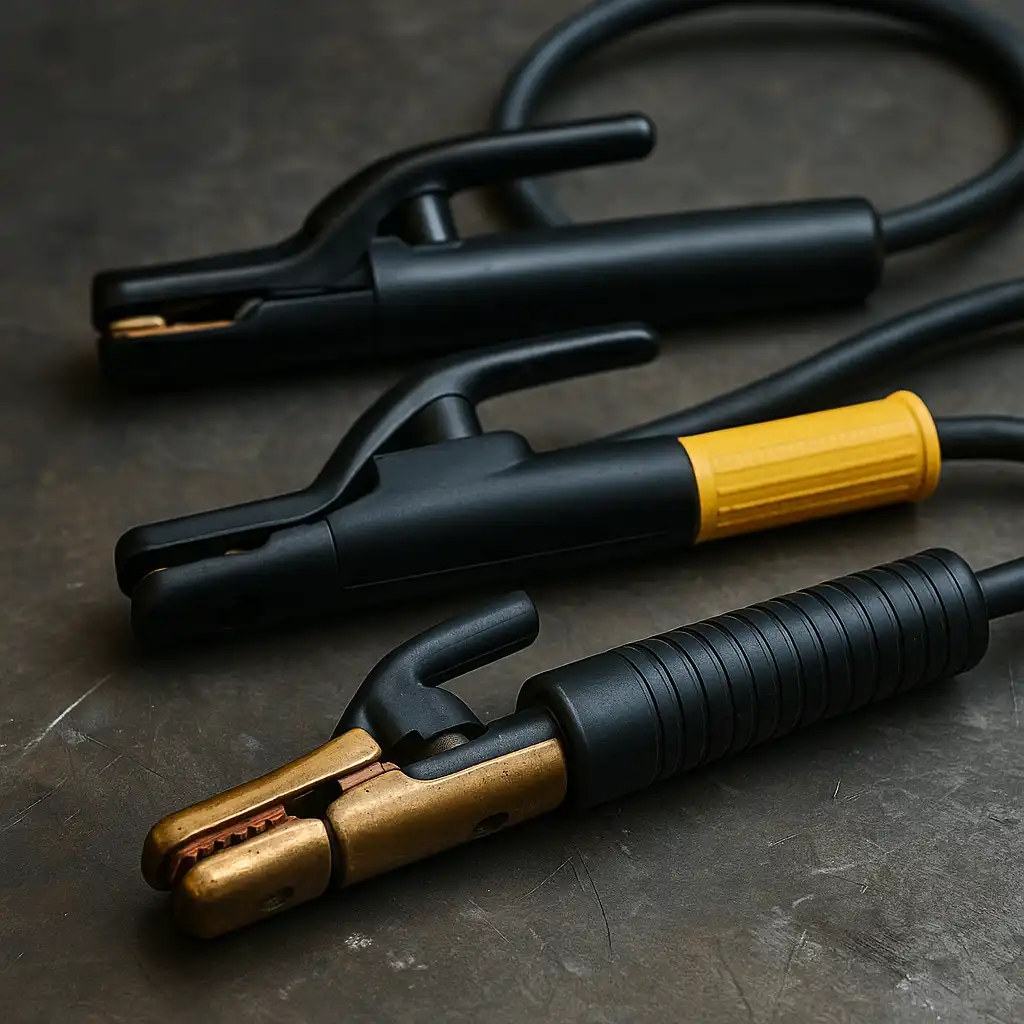Best Welding Stinger: Gear That Won’t Let You Down

Disclosure: This post contains affiliate links. As an Amazon Associate, I earn from qualifying purchases—at no extra cost to you.
If you’re running stick welds, a good stinger isn’t just a nice-to-have—it’s essential. A reliable electrode holder helps deliver stable current, keeps your rods locked in place, and feels comfortable during long sessions. Skip this tool, and you’re setting yourself up for frustration.
Whether you’re welding in your garage, patching up a trailer, or just learning the ropes, these stingers stand out as dependable and easy to work with.
Built to Last (and Feels Good in Your Hand)
A quality stinger should feel solid the moment you grip it. If it’s too flimsy or awkward, that’ll show fast—especially during overhead or tight welds.
The YESWELDER 300A has a strong build with copper and brass construction that users say holds up well. The spring tension is solid, giving your rod a firm grip throughout the weld.
The Lincoln KH521 is lighter and a favorite for long sessions. It fits naturally in the hand and reduces wrist fatigue. Many new welders say it’s perfect for practice runs and home projects.
Smooth Current and Reliable Connection
Current transfer matters. A poor connection leads to weak arcs and frustrating starts. That’s where both the YESWELDER and Tweco Twecotong 250A get praise.
The Tweco is often highlighted in reviews for its sturdy jaw and consistent performance. It grips 6011, 6013, and 7018 rods without slipping and handles moderate-duty work without overheating.
It’s not a flashy tool, but it does exactly what it should—keeps your arc clean and steady.
Quick Setup and Cable Fit
No one wants to fight with gear before striking an arc. Fortunately, all three of these models use standard cable connections and are easy to install.
The YESWELDER works right out of the box with most stick welding setups. Beginners appreciate how it connects without extra parts or adapters.
The Lincoln and Tweco models also have straightforward clamp connections, making them quick to swap between welders.
Practical Uses from the Shop to the Backyard
These stingers show up in all kinds of setups—light fabrication, trailer repairs, fence builds, and home welding stations. They’re popular among beginners running 7018 rods on a small inverter and seasoned welders looking for a no-fuss backup tool.
They’re simple, rugged, and help make your welding smoother and more consistent.
Check Price & Availability
Here are three top-rated stingers welders trust for everyday stick work:
View on Amazon – YESWELDER 300A Electrode Holder (Brass Clamp, Stick Welding)
View on Amazon – Lincoln 300A Electrode Holder (Standard Jaw, Stick Welding)
View on Amazon – Tweco 250A Electrode Holder (Stick Welding, 4.8mm Rod Capacity)
Conclusion
The right welding stinger can make your welds cleaner, your workflow smoother, and your hands a lot more comfortable.
YESWELDER is a solid pick if you want heavy-duty construction on a budget.
Lincoln is great for comfort and lighter use.
Tweco strikes a balance—rugged, dependable, and built for mid-duty jobs.
If you’re a hobbyist, small shop welder, or just want an upgrade from your stock clamp, these stingers are definitely worth considering.
Related Articles You Might Find Helpful
Looking for more gear advice? These guides can help:






